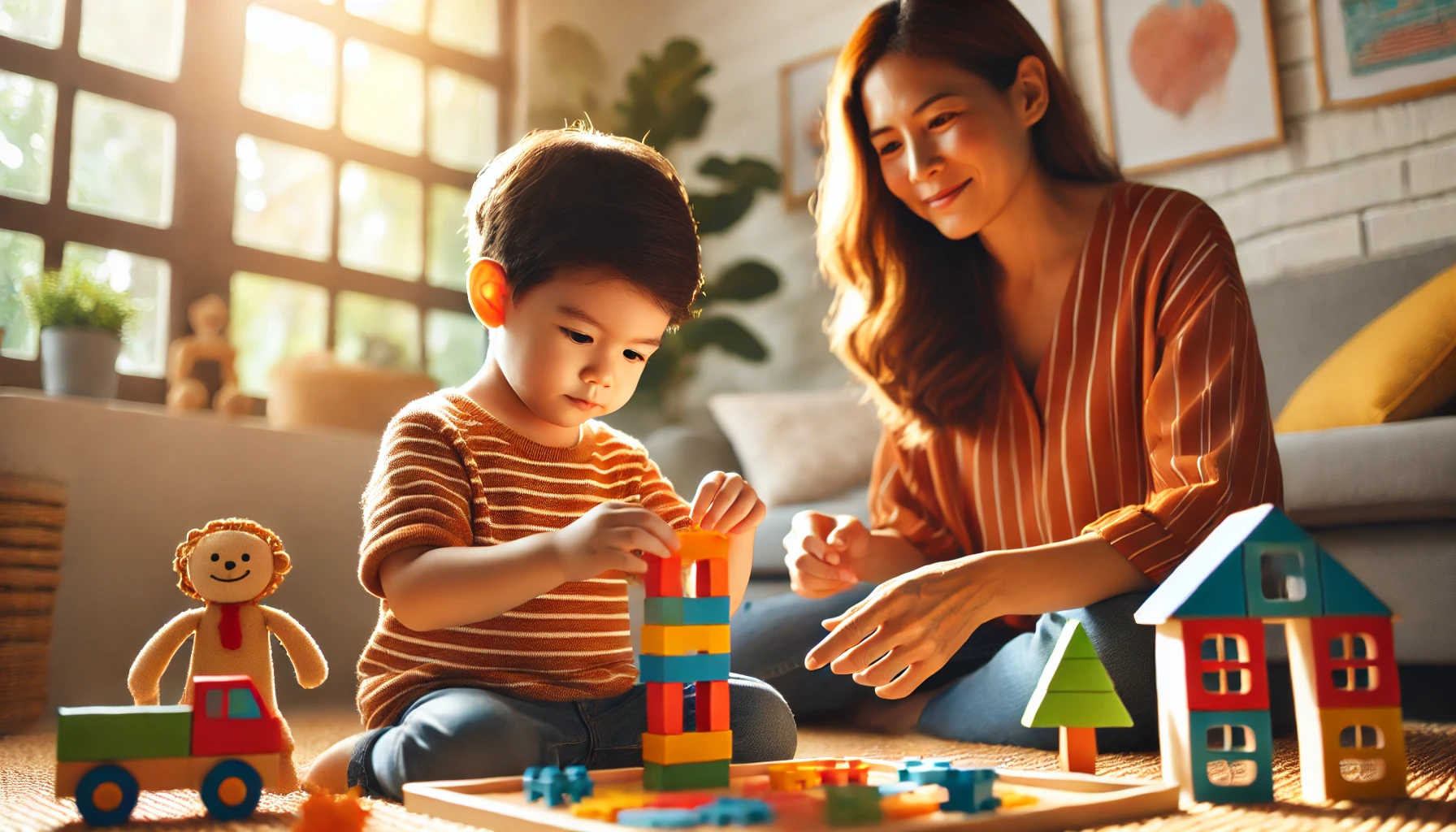How to Teach Problem-Solving Skills to Young Children at Home
Problem-solving is a fundamental skill that helps children navigate challenges, think critically, and develop independence. Teaching problem-solving at home encourages children to approach difficulties with confidence and persistence. In this article, we’ll explore practical ways to help young children develop problem-solving abilities through play, everyday situations, and guided learning.
Why Problem-Solving Skills Are Important for Children
- Encourages critical thinking – Helps children analyze situations and find solutions.
- Develops independence – Teaches kids to handle challenges on their own.
- Builds confidence – Allows children to trust their ability to solve problems.
- Enhances creativity – Encourages innovative thinking and resourcefulness.
- Improves emotional regulation – Helps kids manage frustration and setbacks effectively.
1. Encourage Children to Ask Questions
Curiosity is the foundation of problem-solving. Encouraging children to ask “why” and “how” helps them think critically.
Activity Idea:
- When your child asks a question, respond with, “What do you think?” instead of giving an immediate answer.
- Explore answers together by researching or experimenting.
- Use open-ended questions like, “What would happen if…?” to spark their thinking.
What Kids Learn:
- Critical thinking
- Curiosity and exploration
- Analytical skills
2. Teach Simple Problem-Solving Steps
Breaking down problems into steps helps children approach challenges methodically.
Activity Idea:
- Introduce a simple four-step process:
- Identify the problem.
- Think of possible solutions.
- Try one solution.
- Reflect on whether it worked.
- Use everyday scenarios to practice, such as resolving a toy-sharing conflict or figuring out how to build a tower with blocks.
What Kids Learn:
- Logical reasoning
- Decision-making skills
- Resilience when facing obstacles
3. Use Puzzles and Brain Teasers
Puzzles and logic games encourage problem-solving by requiring children to think critically.
Activity Idea:
- Provide age-appropriate puzzles, like shape sorters, jigsaw puzzles, or Sudoku for kids.
- Play “spot the difference” games to improve observation skills.
- Use riddles and brain teasers to challenge their thinking.
What Kids Learn:
- Patience and persistence
- Pattern recognition
- Strategic thinking
4. Encourage Problem-Solving Through Play
Play-based learning allows children to experiment with solutions in a stress-free environment.
Activity Idea:
- Set up an obstacle course and ask children to find the best way through it.
- Let them build structures with blocks, testing different designs for stability.
- Play role-playing games where they must solve pretend problems, like being lost or fixing a broken toy.
What Kids Learn:
- Hands-on problem-solving
- Creative thinking
- Cause-and-effect relationships
5. Let Children Make Mistakes and Learn from Them
Failure is a key part of learning. Allowing children to struggle and try again helps build resilience.
Activity Idea:
- If they spill something, encourage them to think of ways to clean it up.
- When a puzzle piece doesn’t fit, ask, “What else can we try?”
- Celebrate effort and persistence rather than just success.
What Kids Learn:
- Growth mindset
- Patience and adaptability
- Confidence in their own abilities
6. Teach Conflict Resolution Skills
Children need to learn how to handle social challenges, such as disagreements with friends or siblings.
Activity Idea:
- Role-play different conflict scenarios and guide children through peaceful solutions.
- Encourage “I feel” statements, such as “I feel upset when you take my toy.”
- Teach them how to negotiate and find compromises.
What Kids Learn:
- Emotional regulation
- Communication skills
- Cooperation and compromise
7. Introduce STEM Activities for Logical Thinking
Science, technology, engineering, and math (STEM) activities help children develop structured problem-solving skills.
Activity Idea:
- Build a bridge with household items and test its strength.
- Conduct simple science experiments, like making a homemade volcano.
- Challenge them to design a solution to a real-world problem, such as how to carry water without spilling.
What Kids Learn:
- Logical reasoning
- Scientific thinking
- Trial-and-error experimentation
8. Praise Effort, Not Just Results
Children are more likely to develop problem-solving skills when they feel encouraged to keep trying.
Activity Idea:
- Say, “I love how you kept trying different ways to build that tower.”
- Highlight their progress rather than just the outcome.
- Use phrases like, “What did you learn from that?” instead of focusing on mistakes.
What Kids Learn:
- Perseverance
- Self-motivation
- Confidence in problem-solving abilities
Final Thoughts
Teaching problem-solving skills at home helps children develop independence, creativity, and confidence. By encouraging curiosity, allowing mistakes, and providing opportunities for play-based learning, parents can foster strong problem-solving abilities in their children.
